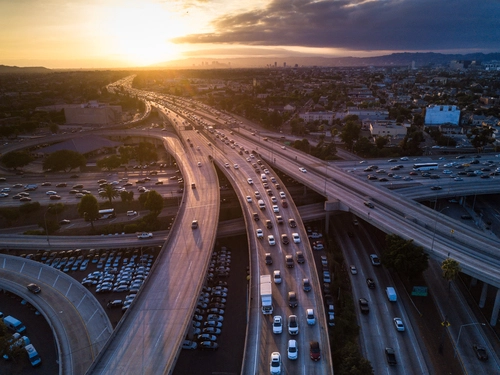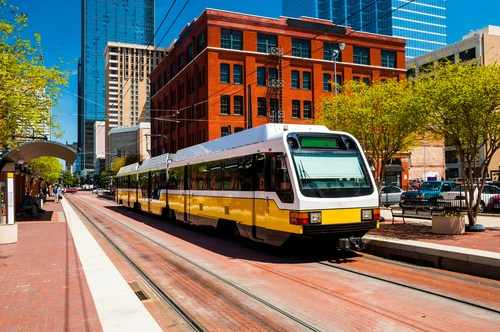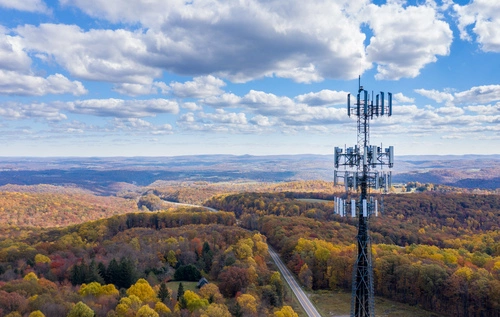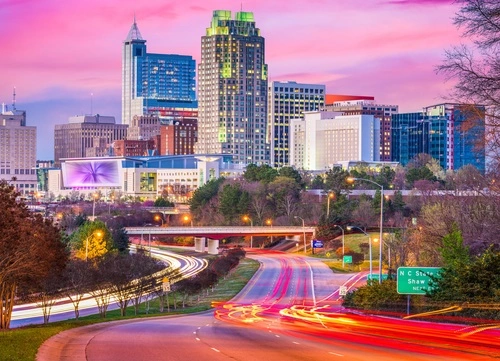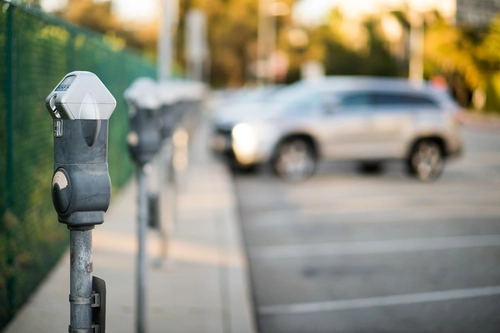The Infrastructure Investment and Jobs Act or “IIJA” (P.L. 117-58) passed on a bipartisan basis in both the House and Senate and was signed by the President one month ago today, on November 15, 2021. One could have assumed that federal agencies would begin allocating the new funding and commence implementation of the IIJA as soon as it became effective. Unfortunately, that is not the case, but for reasons that may not be readily apparent.
The federal government is actually constrained in its ability to implement the IIJA because it is currently funded and operating under a ...
Late last Friday on November 5th, the U.S. House of Representatives passed the $1.2 trillion bipartisan infrastructure bill, the Infrastructure Investment and Jobs Act or IIJA, which President Biden intends to sign on Monday, November 15th. Much of the focus of the bill has been on the unprecedented increase in federal spending to rebuild the nation's roads, bridges, airports, seaports and transit systems. However, there are several provisions of the infrastructure bill that expand, and hopefully will make more transparent, the TIFIA credit assistance program. A low-cost ...
The $1.2 trillion infrastructure bill that passed the Senate this week includes $65 billion to improve broadband infrastructure, middle mile infrastructure and broadband access by unserved and underserved communities.
Division F (Broadband) of the bill lays out four key aspects of the program. ...
Yesterday, the Senate released legislative text for its highly anticipated bipartisan infrastructure package, titled the Infrastructure Investment and Jobs Act. Negotiations have been ongoing for months, and while several political and policy hurdles remain before this proposal can arrive on the President’s desk for his signature, agreement on this bipartisan package is a hugely positive development. Project sponsors and practitioners have closely tracked the development of this package not only with respect to overall funding levels and policies but ...
On May 14, Gov. Newsom unveiled his record-breaking $267 billion budget proposal to tackle some of the greatest challenges facing the state of California, kicking off what’s been described as the most ambitious era of government spending in the state since the mid-20th century. The new proposed budget comes exactly one year to the day after the governor announced spending cuts to schools, homeless services and health care in light of the state’s $54 billion budget shortfall and the worsening COVID-19 pandemic. Thanks to a booming stock market and greater than expected tax ...
The President unveiled details of his historic infrastructure plan this morning, proposing the largest infrastructure investment in U.S. history.
The President’s proposal, titled the American Jobs Plan, requests roughly $2 trillion in total federal funding and financing tools over the next eight years...
The U.S. Department of Transportation (“DOT”) has announced it is making $889 million available through its latest round of Infrastructure For Rebuilding America (INFRA) grants. In its February 17 announcement, the DOT noted that the INFRA grants “will fund transportation projects of national and regional significance that are in line with the Biden Administration’s priorities, including creating good-paying jobs, improving safety, and applying transformative technology, and explicitly addressing climate change and racial equity.”...
State departments of transportation across the country currently find themselves at a cross-roads where traditional sources of infrastructure funding may not generate sufficient revenues for addressing aging transportation infrastructure. States generally rely on “user fee” revenues generated from fuel taxes, vehicle sales taxes and registration fees to support transportation infrastructure spending. The user fee funding model has come under scrutiny in light of recent trends, such as urbanization, electric vehicles, micro mobility and ride-sharing services. In ...
Los Angeles County aims to integrate infrastructure planning with social and environmental needs in its recently released draft of the updated L.A. River Master Plan.
The plan is the first to cover the entire L.A. River and proposes a 51-mile connected open space to manage floodwaters while improving natural ecosystems and public wellbeing. Calculations based on information from the US Census Bureau indicate that 25% of Californians live within a 30-minute drive of the LA River and over one million people live within one mile. ...
The COVID-19 pandemic and resulting lockdowns and economic disruptions have severely affected the usual revenue sources that local governments have used to fund public improvements and transportation services – e.g., distributions of state and federal gas tax revenue, local sales taxes and property taxes. Local governments might consider creating parking benefit districts (“PBDs”), which can provide modest amounts of revenue. PBDs, along with other creative ways to raise revenue, can help fill in funding gaps for local improvements and services. ...
Nossaman’s 30-plus infrastructure attorneys offer clients, colleagues, strategic partners and industry media a wealth of practical experience, insider insight and thoughtful analysis here on Infra Insight. We blog about what we know best, from industry-leading procurements to local and national policy developments that affect the market and our clients.
Stay Connected
 RSS Feed
RSS Feed
Categories
- Airports
- Alternative Project Delivery
- Bridges
- California Environmental Quality Act
- Cybersecurity
- Design-Build
- Financing
- High-Speed Rail
- Job Opening
- Legislation
- News
- P3s
- Policy
- Ports
- Rail and Transit
- Social Infrastructure
- Tollroads/ Turnpikes/ Managed Lanes
- Transportation Infrastructure
- Tunnels
- Water

